Why do dental patients need anesthesia?
There are a number of different reasons why a patient would require or benefit from anesthesia for dental treatment. Perhaps the most common reasons for the need of anesthesia (IV sedation or general anesthesia) for dentistry is for individuals undergoing an involved procedure that requires the patient to be comfortably asleep (such as many oral surgery, endodontic, and periodontic procedures). Another reason for the need of anesthesia (other than local anesthesia) during common dental procedures for special needs patients (including but not limited to intellectual disabilities, cerebral palsy, seizure disorders, and other physical or mentally limiting conditions). Pediatric patients (usually those with several failed attempts by a pediatric dentist) or patients with sever anxiety may require IV sedation or general anesthesia to overcome behavioral obstacles to complete the necessary dental treatment that may be causing them harm. Lastly, some patients may require sedation due to previously failed local anesthetic or severe gag reflex that prevented them from being able to complete a proposed dental treatment.
What are different forms of anesthesia?
The most common form of anesthesia that people think of when discussed in the context of dentistry is local anesthesia. Local anesthetics are often used by dentists to numb an isolated area of the mouth prior to starting dental treatment (fillings, crown, root canals, and extractions to name a few of the more common procedures).
In addition to local anesthesia, some dentist, whom have completed the required training, are equipped to provide light or moderate sedation (forms of anesthesia). These trained IV sedation dentists may accomplish this using oral or intravenous technique. A patient under light or moderate sedation is in a relaxed state of consciousness and although may be very sleepy can communicate with the dentist. Most often, a local anesthetic will be administered after the patient has been sedated to further provide a more comfortable state for the patient while their dental treatment is being completed.
Finally, there is general anesthesia. This form of anesthesia can only be provided by a trained anesthesiologist. A patient under general anesthesia has complete loss of consciousness and is constantly monitored by the anesthesiologist. The anesthesiologist provides medication for pain and keeps the patient safely and comfortably asleep until the operating dentist has completed the necessary treatments. At the end of the case, the anesthesiologist wakes the patient and monitors them until he or she decides that it is safe for the patient to get discharged to a relative or caretaker whom will provide home bound transportation for the patient.
It is of the out most importance that each patients discuss in detail any questions and concerns they may have regarding the proposed treatment prior to their scheduled appointment. This is important not only due to the fact that the patient will have to sign a treatment plan and other consent forms giving permission for the treatment but more importantly so that they have a clear understanding of what to expect postoperatively.
In regards to the anesthesia part of the procedure, Dr Shelechi will personally contact each patient well in advance to discuss individual medical history, pre and post-operative instructions (also given in writing the day of procedure), important information regarding the specific anesthetic plan for the pending case, as well as answer any questions or concerns that the patient may have.
Patients should wear loose comfortable fitting clothing on the day of their procedure and bring an additional change of comfortable clothing (may not be necessary but a good idea in case a need arises-especially for children). If possible, remove any jewelry including piercings or accessories which are unnecessary. It is critical that patients scheduled for anesthesia have an empty stomach on the day of procedure (ignoring this important fact can result in dire consequences!). Disclosing intake of any food, drinks (including water), medications (whether prescription, over the counter, or recreational) on the day of anesthesia is critical and can have life threatening outcomes if ignored. Every patient needs to have a responsible chaperone with their best interest in mind for transportation and for the early hours after anesthesia (Uber or taxi does not meet this requirement).
What should I know about my upcoming procedure?
